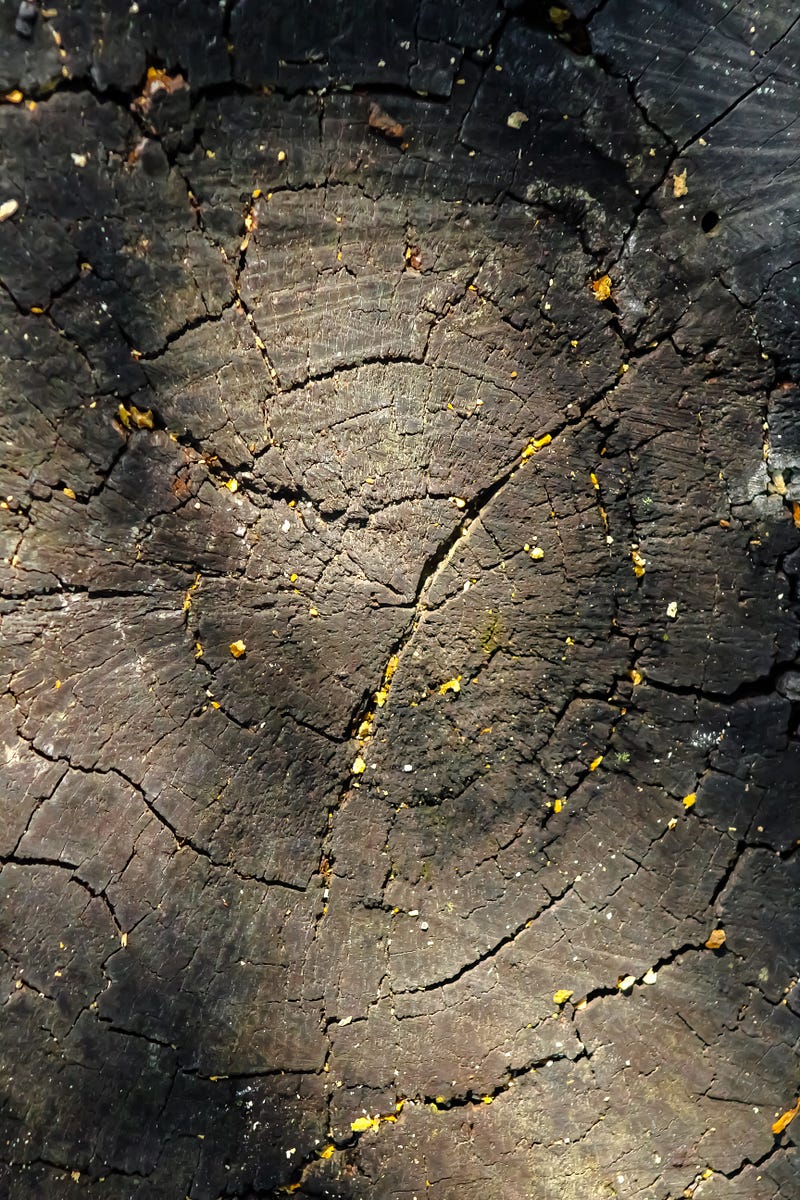Seemingly dead tree stump kept alive by neighboring trees
By Katie McCreedy, Health Science, 2021

Newly published research from New Zealand takes the meaning of a “family tree” to a new level — a team based out of the Auckland University of Technology discovered a leafless tree stump kept alive through physiological coupling with neighboring trees.
The living, leafless stump was that of a Kauri tree, a species endemic to New Zealand. Normally, tree sap flows upward from the roots, through the tree, and toward the leaves when the sun shines. Intriguingly, this leafless stump moved sap upward through its xylem, which is the vascular tissue that conducts nutrients and water from the root, during rainfall and at night. Much like the human vascular system, water and sap flow throughout the tree as blood flows throughout humans. This hydraulic flow is usually driven by the photosynthetic process: When it’s sunny, plant leaves transpire, and water is pulled up the plant stem through capillary action toward the leaves in a continuous cycle to keep the plant nourished and growing.
The neighboring trees supported the leafless stump despite it not contributing to the photosynthetic plant cycle.
Since this leafless tree stump had no leaves to facilitate the motion of sap upward, the team estimated that the sap must be emanating from somewhere else. They measured the water and sap flow of the Kauri tree’s neighboring plants and discovered that these neighbors were sending the leafless stump sap through an underground network of roots. The neighboring trees supported the leafless stump despite it not contributing to the photosynthetic plant cycle. The researchers aptly dubbed this phenomenon of interconnected, community tree roots the “wood-wide web.”
The researchers aptly dubbed this phenomenon of interconnected, community tree roots the “wood-wide web.”
While the team witnessed this phenomenon in only the New Zealand Kauri species, this phenomenon was also observed in the United States in upstate New York, northern New Jersey, and New Hampshire. This New Zealand study is unique in that it went in depth into understanding how living stumps stay alive. This finding opens the door for a richer understanding of how deeply connected forests may be as the root web allows trees to share nutrients and water, which may be especially beneficial in sustaining forests in times of drought.
There is some concern that this interconnection may allow disease to spread more rapidly amongst trees, but the researchers have simply hypothesized this concern, and it is pending confirmation. Trees may not be the individual behemoths they appear to be on the surface; instead, this research highlights the value that community can have within species.
DOI: 10.1016/j.isci.2019.05.009
